Planning & Development Highlights
Looking around the City recently it became clear that more and more development projects are breaking ground, signifying
a growth in private investment and providing reason for optimism about
Baltimore’s future.
It is therefore interesting to note that since 2010, the City
has added 3,732 units of new housing, while during the same time period the number of vacant building notices
has declined by 509 units. In addition to the new housing units that have come on-line in the past three years, an additional 3,368 units are currently under construction, and another 849 units are in the planning pipeline.
To provide some development context, the following is a sampling of development projects
which were reviewed in some way by the Planning Department, and are currently
under construction or were recently completed.
These projects represent a range of the many projects and investments
taking place throughout the City, from single family homes to large commercial
and mixed-use transformations.
Greektown’s O’Donnell Square
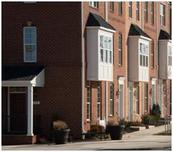 The Greektown Planned Unit Development (PUD), now being marketed as O’Donnell Square, has entered its final phase of construction, which will complete the development of 185 three story market-rate townhomes in the Greektown neighborhood. The first phase which included 121 townhomes that sold at or around $250,000, is now complete. The remaining townhomes are expected to be complete by the fall of 2014.
|
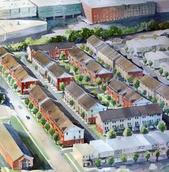 Estimated Project Cost: TBD
Total Housing Units: 306
Developer: Kettler, Inc.
Builder: Ryan Homes
|
Union Wharf
Union Wharf is historic Fells
Point’s newest luxury waterfront apartment building, located on Wolfe Street. The 281 apartments are now leasing at rents
between $1,600 and $3,200 or more, in a LEED Silver building that
features exposed concrete ceilings, wood floors in kitchen areas, low-flow
toilets and Energy Star appliances.
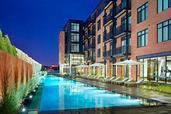 Estimated Project Cost: $72 million
Total Housing Units: 281
Developer: The Bozzuto Group
Architects: Hord Coplan Macht Inc.
|
Barclay-Midway-Old Goucher Redevelopment Project
The redevelopment of Barclay, Midway and Old
Goucher is making noticeable progress in transforming these East Baltimore
neighborhoods. The redevelopment is a
result of a partnership between Baltimore Housing and Telesis Development, with
extensive community involvement in the planning and design.
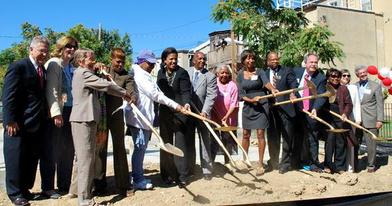 When complete, the redevelopment plan is expected to result in approximately 101 market-rate home-ownership opportunities; 22 affordable home-ownership opportunities for people earning 80% of Area Median Income; 43 replacement public housing units; 91 affordable rental units; 65 market rate rental units; approximately 12,000 sq. ft. of community and retail space; a new neighborhood park, an improved Calvert Street Park, and improved streetscape throughout the neighborhood.
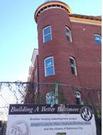 Estimated Project Cost: $85 million
Total Housing Units: 322
Developer: Telesis, Corp.
|
Marketplace at Fells Point
Walk or drive down Broadway
toward the water in Fells Point, and you can’t miss the construction activity related
to the construction, and deconstruction, behind the historic facades of the 600
Block of S. Broadway. This activity is a
welcome sign of progress being made to realize a redevelopment vision now known
as the Marketplace at Fells Point. This
project will include 159 residential apartments above 28,000 sq ft of ground
floor retail, and will coincide with the redevelopment of the Broadway Public
Market buildings.
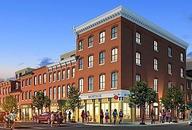 Estimated
Project Cost: $43 million
Total
Housing Units: 159
Developer: The Dolben
Company, Inc. and Klein Enterprises
|
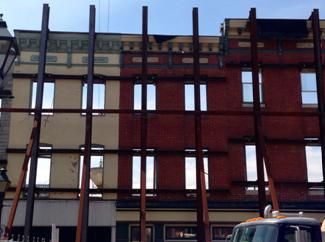 Jefferson Square at Washington Hill
Jefferson Square at
Washington Hill is a 500-unit rental housing project now being constructed
between Wolfe and Washington Streets just south of EBDI in the Washington Hill
neighborhood. Phase I of the project is
currently under construction and Phase II was recently approved by the Planning
Commission. In addition to the market
rate apartments, Jefferson Square will include structured parking and a small
retail component.
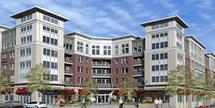 Estimated Project Cost: TBD
Total Housing Units: 500
Developer: Jefferson Apartment Group
Architects: Preston Partnership
|
The Rotunda
With its recent
groundbreaking, the Rotunda in Hampden is poised to undergo a major
transformation. With approved plans for
182,000 sq ft of new and renovated restaurants and retail, up to 153,000 sq ft
of new or renovated office space, and 380 residential units being constructed
to the rear of this neighborhood landmark. The
project also includes a small number of townhomes, and a total of 1100 parking
spaces, some of which will be in a structured parking garage.
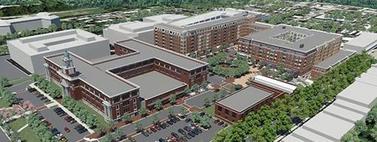
 |
|
Estimated Project Cost: TBD
Total Housing Units: 382
Developer: Bozzuto and Hekemian & Cos.
|
10 S. Light Street
The conversion of the former
Bank of America Building at 10 S. Light Street will be a welcome addition to
the burgeoning neighborhoods of downtown Baltimore. The 34-story historic art deco building is
one of Downtown’s iconic buildings, and could become its next prime residential
address, with 445 apartments and first floor retail. When 10 Light St. first opened in 1929, it
was the tallest skyscraper on the East Coast outside New York City, and was
originally home to the Baltimore Trust Company.
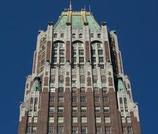 Estimated Project Cost: TBD
Total Housing Units: 445
Developer: Metropolitan Partnership Ltd.
|
M on Madison
In a rental housing market
that is booming, high quality apartments affordable for the average Baltimore
worker are becoming harder and harder to come by in and around Downtown
Baltimore. The M on Madison, which was
recently completed and is currently leasing, seeks to fill some of that demand
with 74 units of affordable workforce housing in a transit-friendly location on
the corner of Howard and Madison Streets.
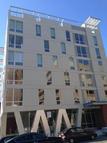 |
|
Estimated Project Cost: $16.5 million
Total Housing Units: 74
Developer: HTA Development LLC
Architects: Peter Fillat Architects
|
Harbor East Hotel
The success of the Harbor
East neighborhood is beginning to spread to the East and to the North along Central
Avenue. One sign of this success is the
groundbreaking for Harbor East’s newest hotel at the corner of Central and
Fleet Street. This 8-story 205 room
hotel, will include approximately 15,000 sq ft of ground floor retail and
restaurant space, and will be operated under the Hyatt Place brand.
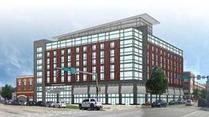 Estimated Project Cost: TBD
Total Square Footage: 130,000
Developer: Chesapeake Real Estate Group
LLC and Englewood LLC
Architects: Cooper Carry
|
District at Canton Crossing
The District at Canton Crossing
was met with great enthusiasm and excitement on “opening day” during the first
week of October. With over 326,000 sq ft of
retail and restaurant space, Canton Crossing includes the City’s second Target department store, and will soon
include its second Harris Teeter grocery store, among 30 other stores and
restaurants.
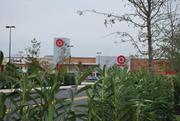 Estimated Project Cost: $105 million
Total Square Footage: 326,000
Developer: BCP Investors
|
Morgan State School of Business
Rising on the site of a long
vacant department store in Northwood Plaza, Morgan State’s new business school
is a welcome sight for residents and students in Northeast Baltimore. The 140,000-square-foot Earl G. Graves School
of Business and Management will include a café, lecture halls and classrooms, and
is one of three buildings planned for the 9 acre site on the corner of Hillen
Road and Argonne Drive. The business
school is named for Earl G. Graves Sr. founder and publisher of Black
Enterprise magazine.
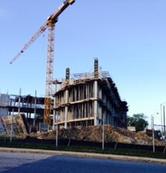 The entire MSU site is being referred
to as the “West Campus”, and will be connected to the existing campus via a new
pedestrian bridge over Hillen Road. Future plans include 2 additional buildings,
one for Morgan’s behavioral and social sciences program and a new school of
community health. The communities hope Morgan’s development will spur the much-needed revitalization
of the remainder of the shopping center.
|
 |
|
Estimated Project Cost: $72 million
Total Square Footage: 140,000
|
|